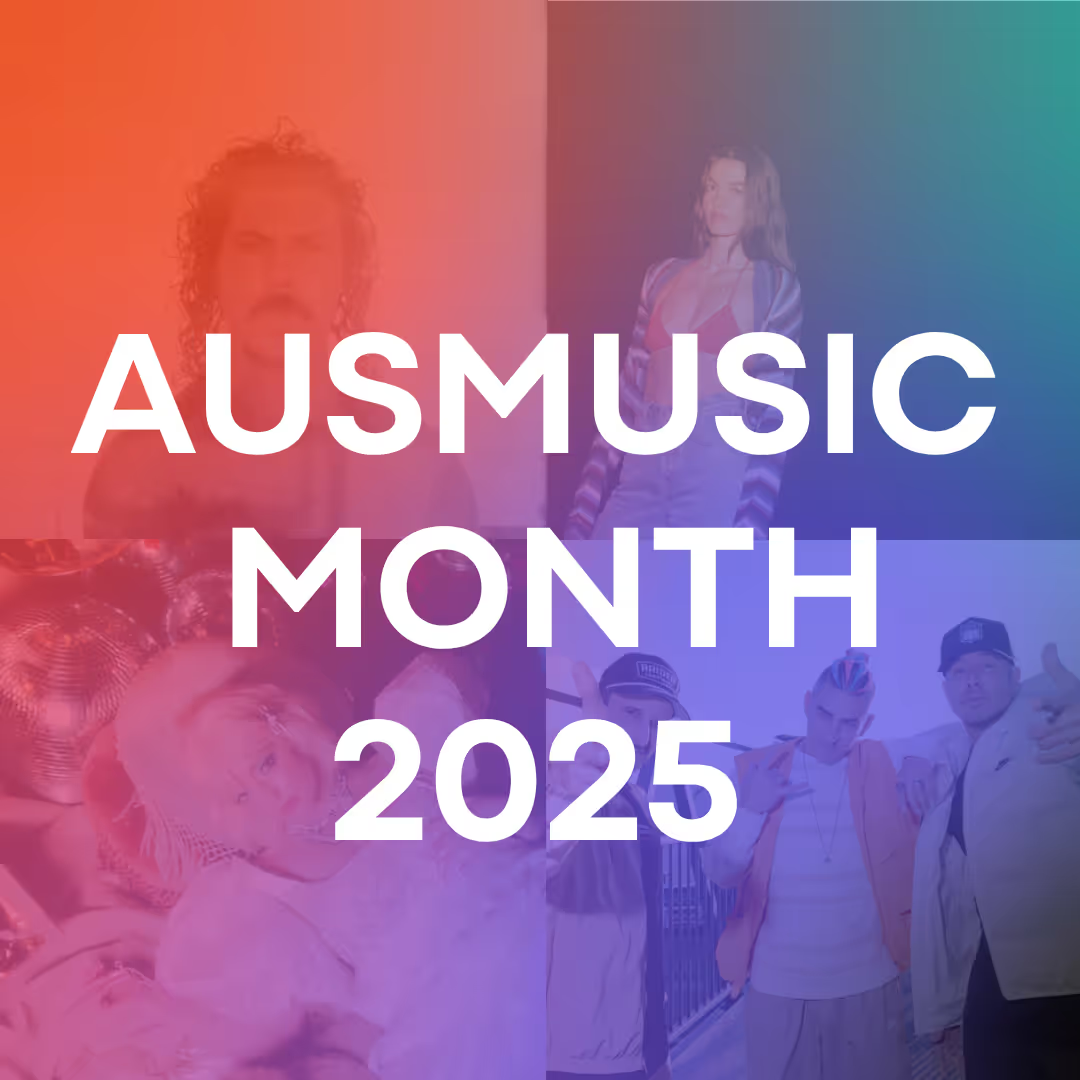Music Selection Best Practices: Creating Impact Through Audio
By Nikki Wishart
Music is one of the most powerful tools we have to shape an experience, yet it is often overlooked. Walk into a space and you immediately feel it: the energy, the mood, the emotion. Sometimes it is subtle, sometimes it hits you instantly, but it is always there. As someone who lives and breathes music curation, I can tell you that the right selection does far more than fill silence. It communicates a brand’s personality, lifts the energy of a room, and can even influence how people behave, often without them even realizing it. Music has the power to transform ordinary moments into memorable experiences. That is why getting it right is so important to me.
Start With the Brand
Music is a voice. Every brand has one, whether it knows it or not, and the soundtrack you choose is a direct reflection of it. A playful, upbeat brand should feel alive and vibrant. A premium, sophisticated brand should sound polished and considered. I have seen too many playlists default to whatever is trending, but trends alone cannot capture personality. For me, selecting music is about translating a brand’s essence into sound. Every note, beat, and tempo becomes a part of the brand story. Done well, it communicates more than words ever could, it feels authentic, memorable, and human.
At QSIC, this starts with deep brand immersion. Take Adore Beauty, where playlists are designed to mirror the brand’s premium yet welcoming personality. The selections lean into polished, trend-aware tracks that feel sophisticated but never intimidating, matching the brand’s goal of creating a beauty space where customers feel both inspired and at ease.
Understand the Audience and Context
Equally important is knowing who is listening. Music has to resonate, and that means understanding the people moving through the space and the moments they are living. Morning shoppers need a different energy than evening visitors. Families in a retail space might prefer familiar, comforting tracks, while a bar crowd wants something bold and lively.
With McDonald’s, the playlists are deliberately tuned to these shifts. The early morning soundscape is lighter and more relaxed to create a positive start to the day. By contrast, the late-night atmosphere leans into energetic, youth-driven tracks that meet customers where they are in that moment.
Keep It Fresh but Consistent
One of the biggest mistakes I see is letting playlists stagnate. People notice repetition, even subconsciously, and it can quickly turn what should feel alive into wallpaper. I make it a priority to refresh playlists regularly while keeping the overall tone and brand alignment consistent. Music should surprise and delight without ever feeling jarring. It should feel intentional, like it belongs in that space every time someone walks through the door.
Pay Attention to Lyrics
Lyrics matter. A song may feel perfect musically, but words can change everything. I have experienced the disconnect when a track sounds right but carries a message that does not fit. That is why I listen not just for beats, but for content. Music is a communicator, and every lyric contributes to the conversation the space is having with its audience. Being intentional about lyrics is a small detail with a big impact, it keeps the environment authentic and aligned with the experience you want to create.
This comes into sharp focus with 7-Eleven. The brand’s customer base is broad and diverse, so the lyrical content must be carefully screened. It’s not just about avoiding offensive language, but also ensuring the tone aligns with the upbeat, welcoming environment of the stores.
Let Data Guide You
I will admit, I am passionate about the creative side of music, but I am equally passionate about the science. Data is what allows music to work strategically, not just aesthetically. When we pair customer behavior insights, foot traffic patterns, and employee feedback with music curation, the results are tangible: higher engagement, longer dwell time, and an experience that feels alive for everyone in the space. Data does not replace intuition, it sharpens it, helping us make decisions that are both inspired and effective.
Think Beyond the Playlist
Music does not exist in a vacuum. Volume, speaker placement, and sound quality can make or break a playlist. Even the best tracks fall flat if they are not delivered well. Conversely, thoughtful sound design transforms a good playlist into an immersive experience. I consider every technical detail because it amplifies the emotional impact. Music is not just heard, it is felt. Feeling it is where the magic happens.
For me, music is never “just background.” It is a tool, a voice, and a driver of experience. Done right, it can transform ordinary moments into something extraordinary, strengthen brand identity, and connect with people on an emotional level. I am passionate about getting it right because I have seen firsthand the difference it makes. Music is not filler, it is an essential part of the journey, and when we treat it that way, the results are unforgettable.
.jpg)


.avif)